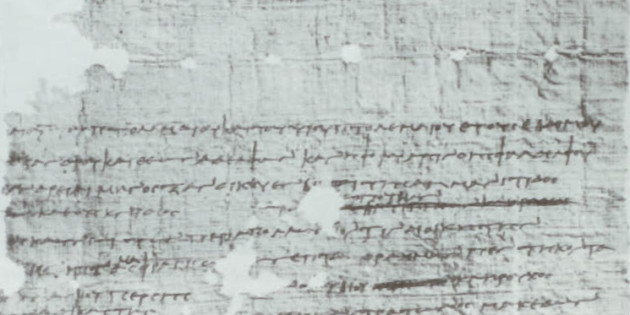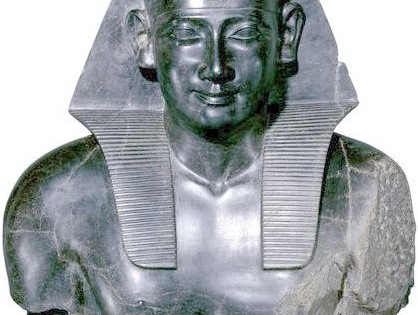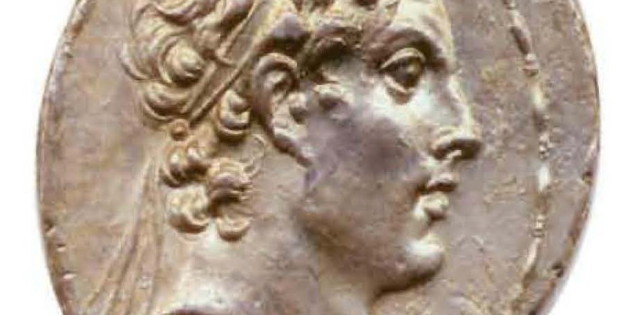Home » Greco-Roman Period » Political and Social Structures
Political and Social Structures
The Zenon Papyri are the archives of a third century B.C.E. agent of the finance minister of Ptolemaic Egypt. He visited the Land of Israel on an economic mission and accompanied his master on trips in Egypt. His archives are an important source for Jewish social history. Papyrus 158 In the 27th year of the […]
In 301 B.C.E., after the death of Alexander and the division of his empire, Ptolemy I Soter, who had ruled over Egypt since 323 B.C.E., conquered Palestine. According to Josephus, this was the origin of the substantial community of Hellenized Jews in Egypt. (1) Now when Alexander, king of Macedon, had put an end to […]
Excerpted from Lawrence H. Schiffman, From Text to Tradition- A History of Second Temple & Rabbinic Judaism, Ktav Publishing House, Hoboken, NJ, 1991. Evidence of various kinds indicates that there was a Jewish representative body or council during the early Hellenistic period. The Talmud identifies those who were associated with Ezra and Nehemiah in the restoration period, […]
Lawrence H. Schiffman, From Text to Tradition- A History of Second Temple & Rabbinic Judaism, Ktav Publishing House, Hoboken, NJ, 1991. We have already seen how difficult it had been to reestablish the Jerusalem Temple and how the Judean leaders struggled to make even a modest Temple building a reality. Over the years, various improvements were added […]
Excerpted from Lawrence H. Schiffman, From Text to Tradition- A History of Second Temple & Rabbinic Judaism, Ktav Publishing House, Hoboken, NJ, 1991. In the summer of 332 B.C.E., Palestine was conquered by Alexander the Great. The land and people of Israel were now part of the Hellenistic world. Alexander passed through Palestine first on his way […]
From Text to Tradition Under Ptolemies and Seleucids The Jerusalem Temple and the Priesthood The Gerousia Historical Surveys Lee I. Levine. “The Age of Hellenism- Alexander the Great and the Rise and Fall of the Hasmonean Kingdom.” Primary sources Josephus, Antiquities XII, 1-9- Alexander’s Successors Josephus, Antiquities, XII, 129-46- Antiochus III conquers Jerusalem Zenon Papyri- […]




